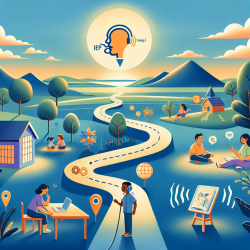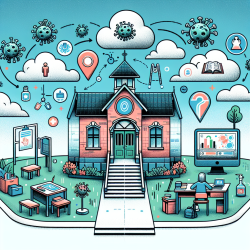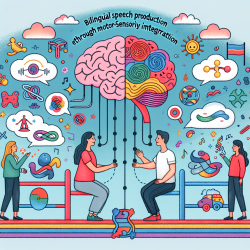Understanding the Challenges of IEP Planning
As a speech language pathologist (SLP) working in schools, you are no stranger to the challenges of Individualized Education Program (IEP) planning and meetings. The demands of preparing detailed reports, collaborating with team members, and ensuring the best outcomes for children can be overwhelming, especially when you’re already feeling burnt out. However, there are strategies and tools that can help streamline the process and make IEP planning more manageable.
Why Efficient IEP Planning Matters
IEP planning is crucial for setting educational goals tailored to each child's unique needs. Effective planning not only benefits the children but also enhances collaboration among educators, parents, and therapists. When done efficiently, it leads to better outcomes and a more rewarding experience for everyone involved.
Data-Driven Decisions: The Key to Success
Incorporating data-driven decisions into your IEP planning can significantly improve the quality and effectiveness of your meetings. By using measurable data, you can create clear, objective goals and track progress over time. This approach not only aids in making informed decisions but also helps in communicating effectively with parents and other team members.
Leveraging Telepractice for IEP Success
Telepractice offers a flexible and efficient way to conduct assessments and therapy sessions. With the increasing demand for remote solutions, incorporating telepractice into your IEP planning can save time and resources while maintaining high-quality service delivery. Here’s how telepractice can enhance your IEP meetings:
- Flexibility: Conduct sessions and meetings at times that are convenient for both you and the families involved.
- Access to Resources: Utilize a wide range of digital tools and resources to support your planning and documentation.
- Improved Communication: Foster better communication with parents and team members through virtual meetings and updates.
Practical Tips for Stress-Free IEP Planning
To ease the burden of IEP planning, consider implementing these practical tips:
- Organize Early: Start preparing for meetings well in advance to avoid last-minute stress.
- Utilize Technology: Use digital tools to keep track of progress, goals, and documentation.
- Collaborate: Work closely with teachers, parents, and other professionals to ensure a comprehensive approach.
- Self-Care: Prioritize your well-being to prevent burnout. Take breaks and seek support when needed.
Taking the Next Step
Feeling burnt out is a common experience among school-based SLPs, but it doesn’t have to be the norm. By adopting efficient IEP planning strategies and leveraging telepractice, you can create a more manageable workload and achieve better outcomes for the children you serve. Take the next step towards a stress-free IEP process by exploring the resources and tools available to you.










